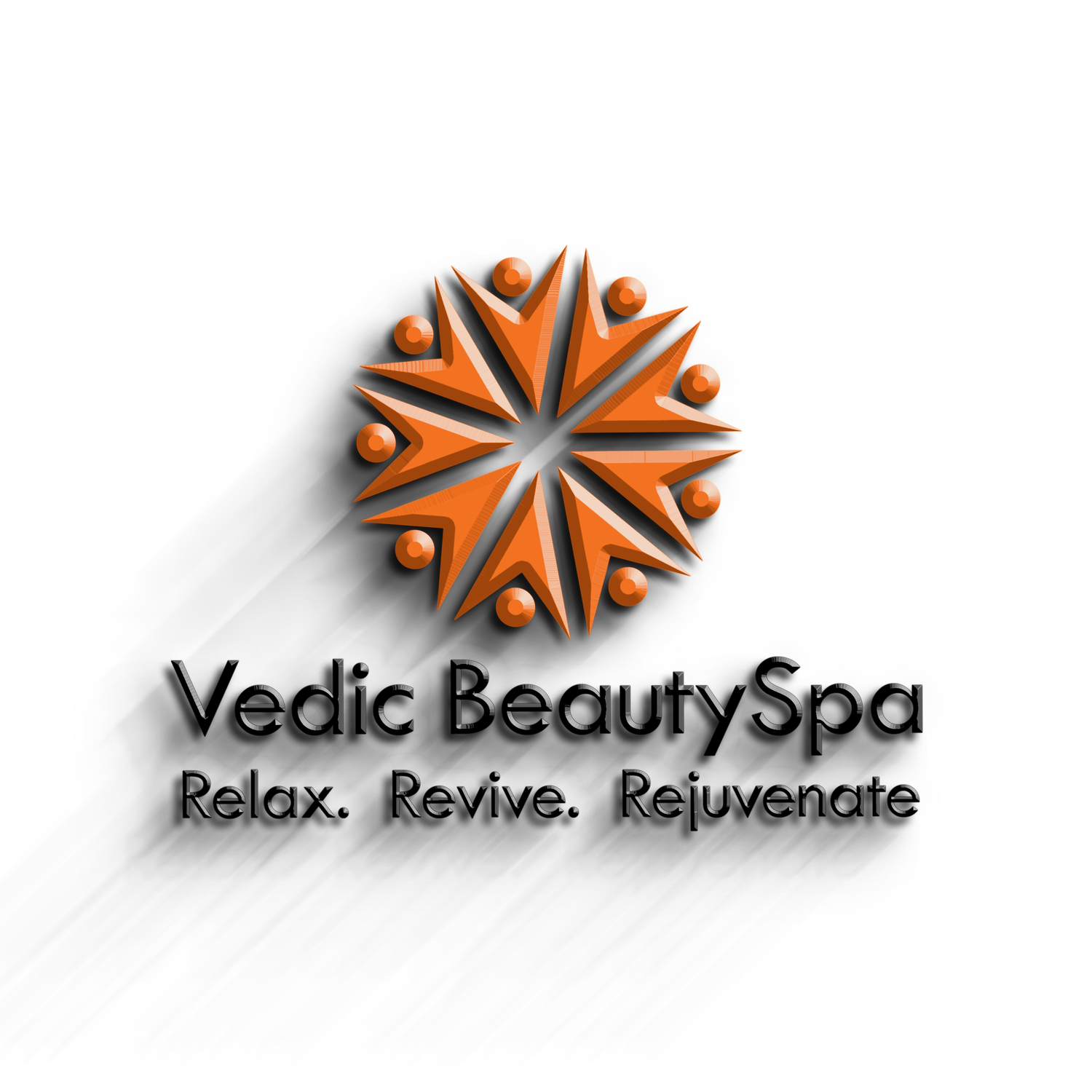Parabens in Personal Care Products
by Dr. Claudia Aguirre
People can be really funny sometimes. One minute they’re carrying antibacterial hand sanitizer in their bags and the other they’re reading the labels on cosmetics to make sure it says ‘preservative-free.’ How did we get so mixed up? Can someone really be fearful of invisible bacteria surrounding them at all times except in the instances when a product comes into contact with their skin? Preservatives, or the antimicrobial chemicals in personal care products (as well as food), are a necessary component in preventing dangerous microbes like bacteria, yeast and mold to contaminate a product – and ultimately contaminate your face. Let’s clear things up. Parabens are a class of antimicrobials with a long tradition of being safe and efficacious in topical products, a reputation that has been tainted over the past years with general misinformation. A lot of this bad press stemmed from the publication of a report entitled, Concentration of Parabens in Human Breast Tumors, by P. Darbre in 20041 . In summary, the authors claim parabens from deodorants mimic estrogen which causes breast cancer. Naturally, the media picked up this headline and ran with it, prompting a lot of concern over the chemicals. However, the initial study left several questions unanswered. The FDA examined this and other scientific papers and states on their website “the study did not show that parabens cause cancer, or that they are harmful in any way, and the study did not look at possible paraben levels in normal tissue.” As of today, there is no scientific proof to date that parabens cause cancer or will feminize a male (this refers to the xenoestrogenic activity of parabens). In fact, a recent scientific article2 concluded that “the evidence linking personal care products to endocrine disruptive effects in humans is for the most part lacking.” As with any chemical, paraben use can have its risks, and although scientists are confident that their benefits outweigh the risks, the use of parabens and other preservatives in cosmetics is tightly regulated, especially by the European Union.
The Scientific Committee on Consumer Safety (SCCS), an independent European safety committee concluded in March 2011 that the use of parabens in cosmetic products is safe as long as they are within the recommended concentration levels3 . Fortunately, these recommended levels are already reflective of the current use in the industry. And just a few weeks ago in the U.S., The Cosmetic Ingredient Review (CIR), an independent panel of scientific and medical experts, reviewed new data on parabens and reaffirmed in their meeting held on September 2012 “that parabens are safe in the present practices of use and concentration4 .” Another issue at hand is the interpretation of scientific data and extending it to everyday use human use. Slathering a pure paraben (or any other ingredient for that matter) topically on mice is simply not the same as a person sparingly using a product containing the same ingredient in a complex formulation at a much lower concentration. So the SCCS also concluded that there is a “lack of scientifically sound data on the pivotal link between dermal absorption in rats and humans,” meaning that some of the laboratory studies on animals cannot be interpreted for human use. Similarly, even though lab studies showed that rats could metabolize these compounds, “no clear demonstration is given” of metabolism into potentially harmful chemicals in human skin. Nevertheless, they have gotten such a bad rap by the media and environmental groups that formulators have sought alternative preservative systems to keep contamination from bacteria and mold out of cosmetics. Unfortunately, some of these alternative
preservatives out there must be used at higher concentrations and can be more irritating and sensitizing to the skin. Moreover, they do not have as good a track record of fighting a broad range of potentially harmful bacteria as parabens do.
Article courtesy of Dermalogica® Research and Development News
